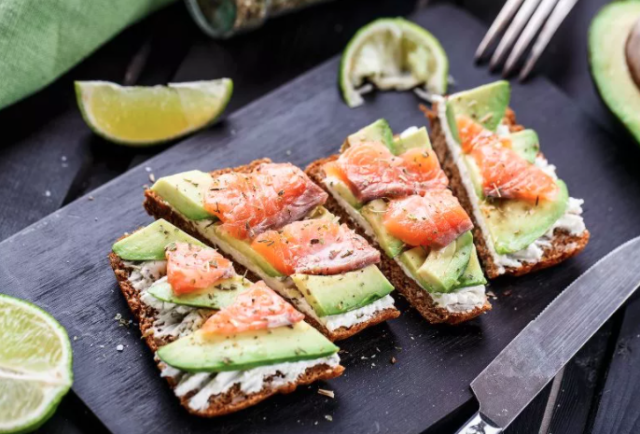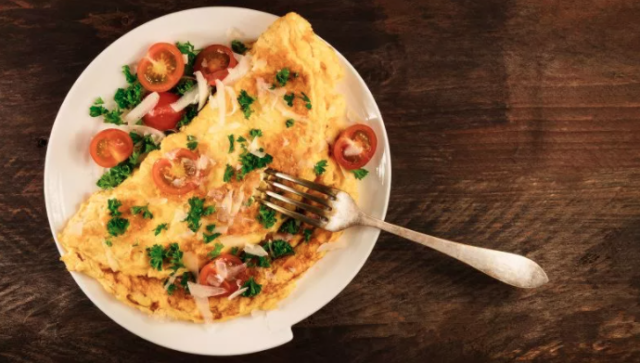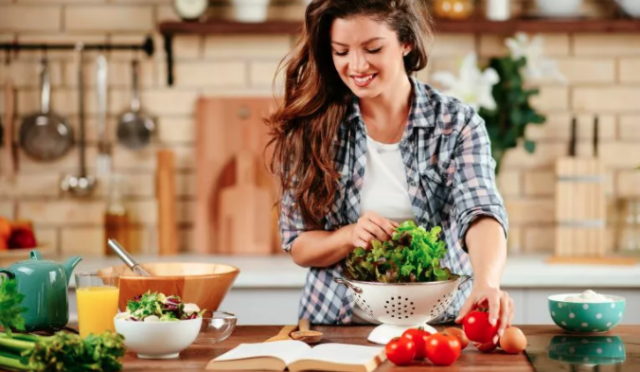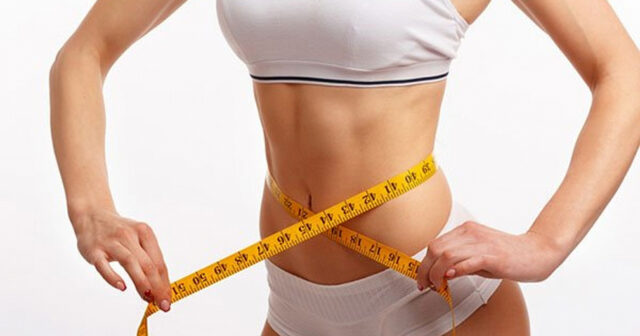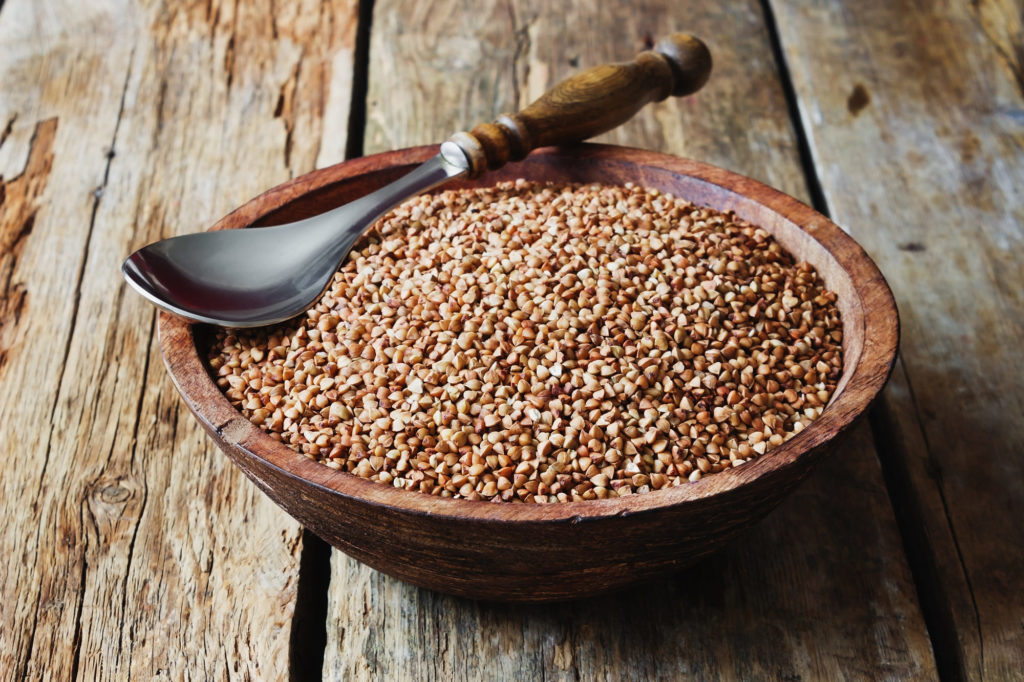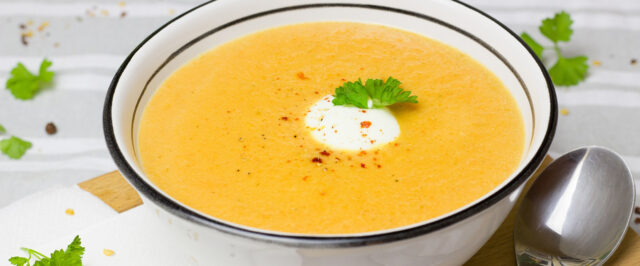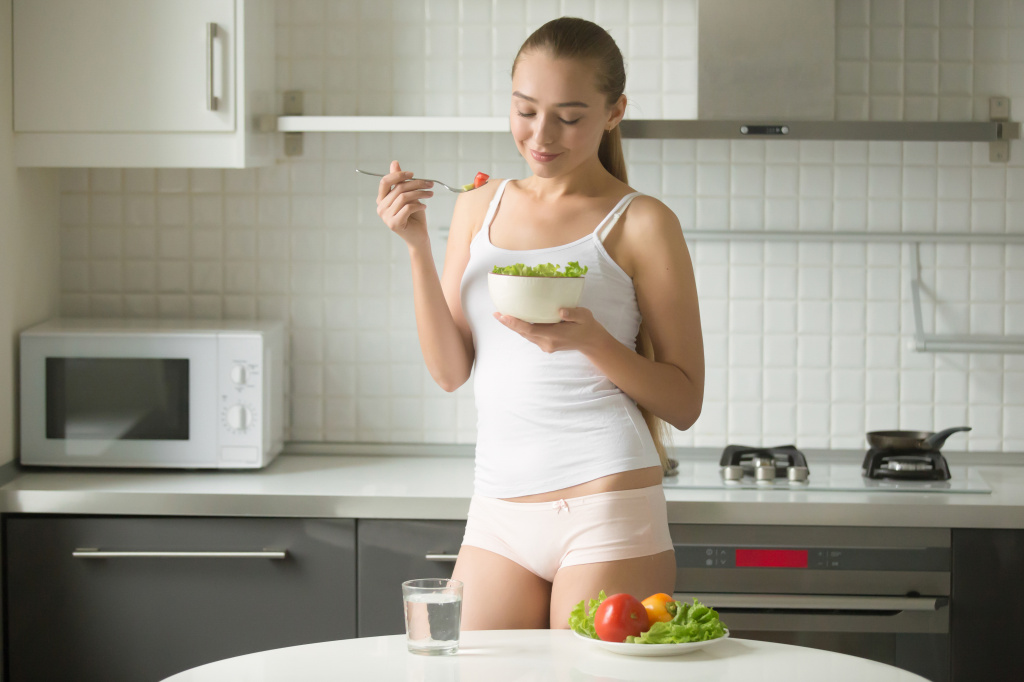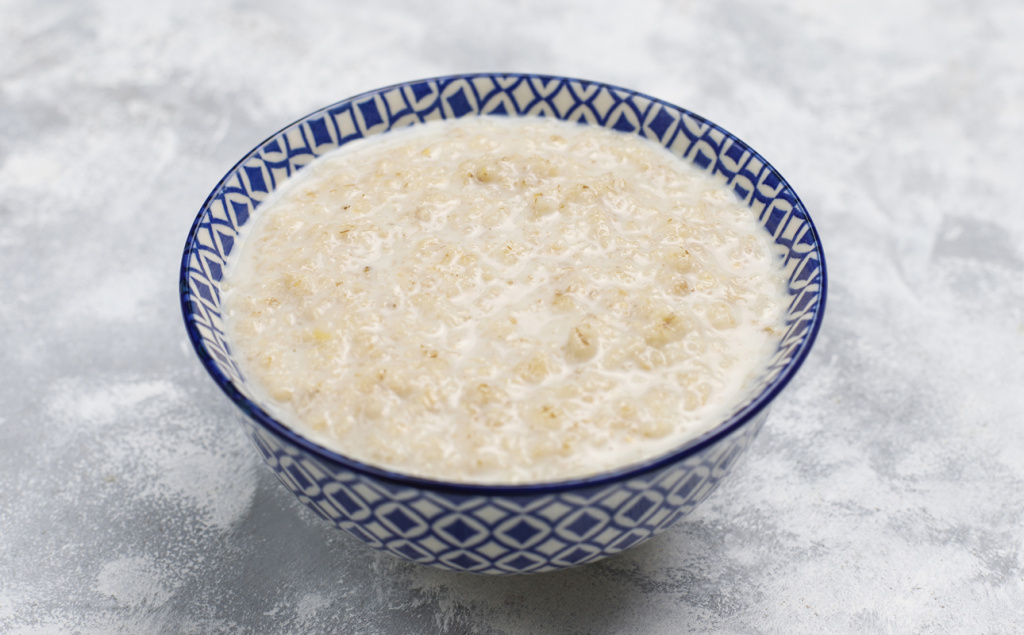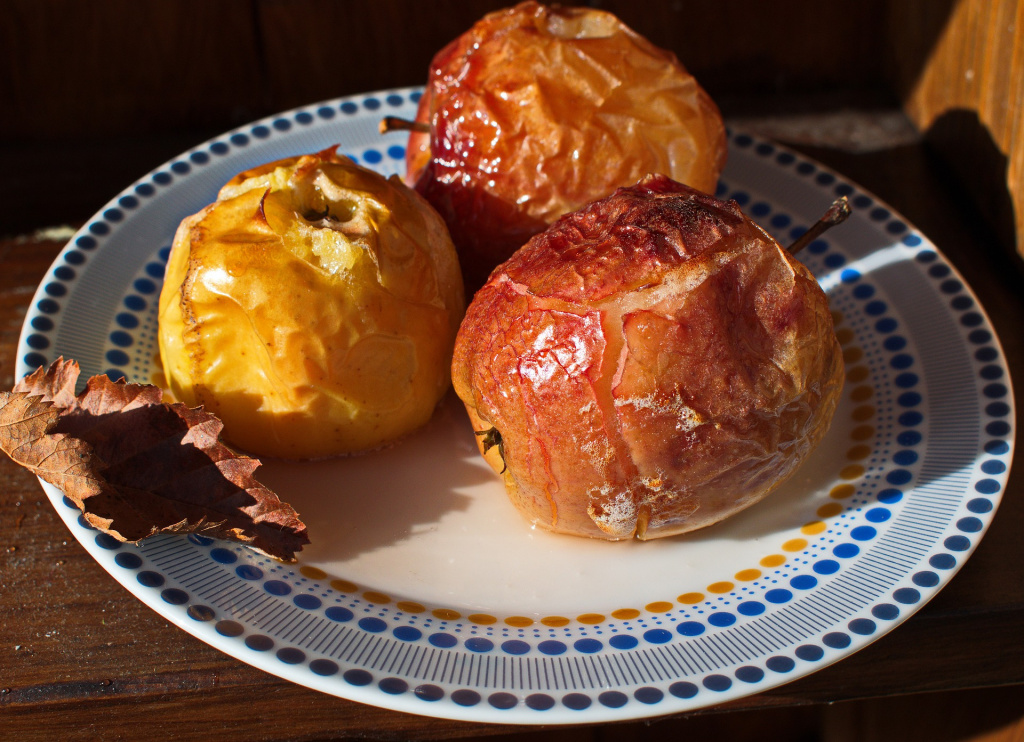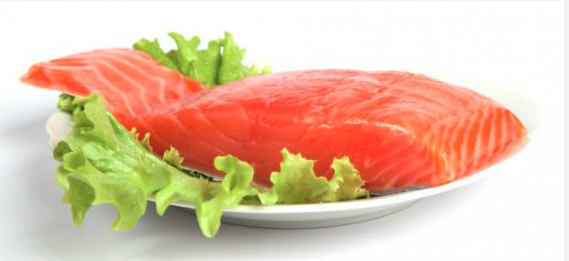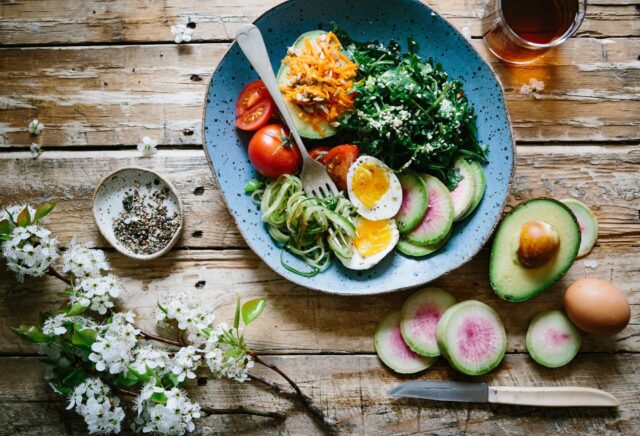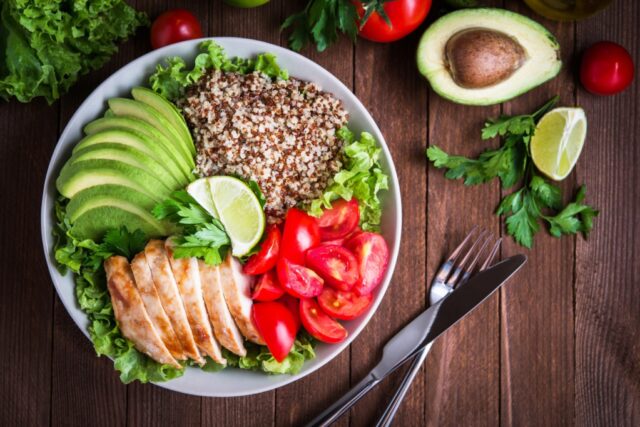The brain is the most complex tool we use. On average, he consumes 20% of the calories received from food, therefore it is a healthy diet that is the key to a solid memory, a sharp mind and a good mood.
The brain needs fuel: proteins, antioxidants, amino acids, polyunsaturated fats, vitamins, carbohydrates, minerals and other substances. All this is in the products we are used to, but we need to correctly compose the menu.
TOP 15 HEALTHY FOODS FOR THE BRAIN
Sea fish
Salmon, tuna, cod, anchovies, trout are rich in omega-3 fatty acid, iodine, bromine, phosphorus, easily digestible proteins and fats. The caviar and liver of these fish contain amino acids and trace elements necessary for the functioning of brain cells, as well as vitamins A, D and E.
Nuts
Nuts are rich in vitamins B and E, fatty acids, flavonoids, carbohydrates and lecithin, which increases the performance of gray cells and improves memory. Eat 5 walnuts a day.
Dried fruits
Dried fruits are rich in phosphorus, iron, calcium, potassium, fiber and digestible carbohydrates. They are great for snacking and toning.
Tomatoes
Tomatoes contain lycopene, an antioxidant that helps flush free radicals from the body that can damage the brain and lead to dementia. The product is also rich in melatonin, which slows down the aging of gray cells, and flavonoids, which prevent myocardial infarction.
Pumpkin seeds
The huge amount of zinc in pumpkin seeds makes the brain work faster. Vitamin E, lecithin and healthy light fats also have a positive effect on mental activity. It is recommended to eat half a glass of seeds per day.
Spinach
Spinach contains iron, magnesium, potassium, vitamins A, C, B9, K, E and beta-carotene. The product eliminates the “malfunctioning” of brain cells caused by aging and protects them from destruction.
Bananas
No wonder this fruit is considered the “main food” of brain cells. Bananas are rich in carotene and light carbohydrates. They improve performance and promote the production of the “happiness hormone” – endorphins.
Avocado
Avocado is an excellent “vegetable meat” with a huge content of easily digestible fats, as well as proteins, vitamins K, B6 and B9, C, copper and potassium.
Scientists from the University of Massachusetts have found that the elements that make up apple juice protect brain cells from oxidative stress, which leads to memory loss and a decrease in intellectual potential. Pamper yourself with this fruit to keep your mind clear for years to come.
Garnet
Pomegranate seeds
Freshly squeezed juice and pomegranate seeds contain many elements necessary to maintain the functioning of gray cells: potassium, magnesium, calcium, phosphorus, iron, vitamins C, PP, amino acids, polyphenols.
Cheese
Animal cheeses
Cheese is rich in vitamins C, PP, A, C, E, B12, B1, D. The brain is saturated with useful substances and does its job without interruption, the activity increases.
Olive oil
Olive oil
People who consume this oil maintain a clear mind even in extreme old age. The fact is that olives contain monounsaturated fatty acids, which protect the brain from “shifts”.
Eggs
Chicken yolks
Chicken yolks are a source of choline, which helps develop brain functions: the ability to understand, analyze, study, memorize.
Chocolate
Chocolate
The content of cocoa beans in healthy chocolate for the brain is at least 75%. The product raises mood, increases efficiency and physical activity, improves cerebral circulation, and prevents oxidative processes. Chocolate is rich in easily digestible carbohydrates, flavonoids, theobromine.
Tea
Green tea
This drink is an effective antioxidant. A cup of green tea with honey activates the work of gray cells, increases concentration and reduces fatigue.
Remember: the more heat treatment and conservation the product is subjected to, the less useful elements it remains. Nutritional value is lost during caramelization, pickling and even freezing. Eat fruits with nuts fresh or dried, brew coffee immediately after grinding, bake fish and vegetables, boil or steam.
